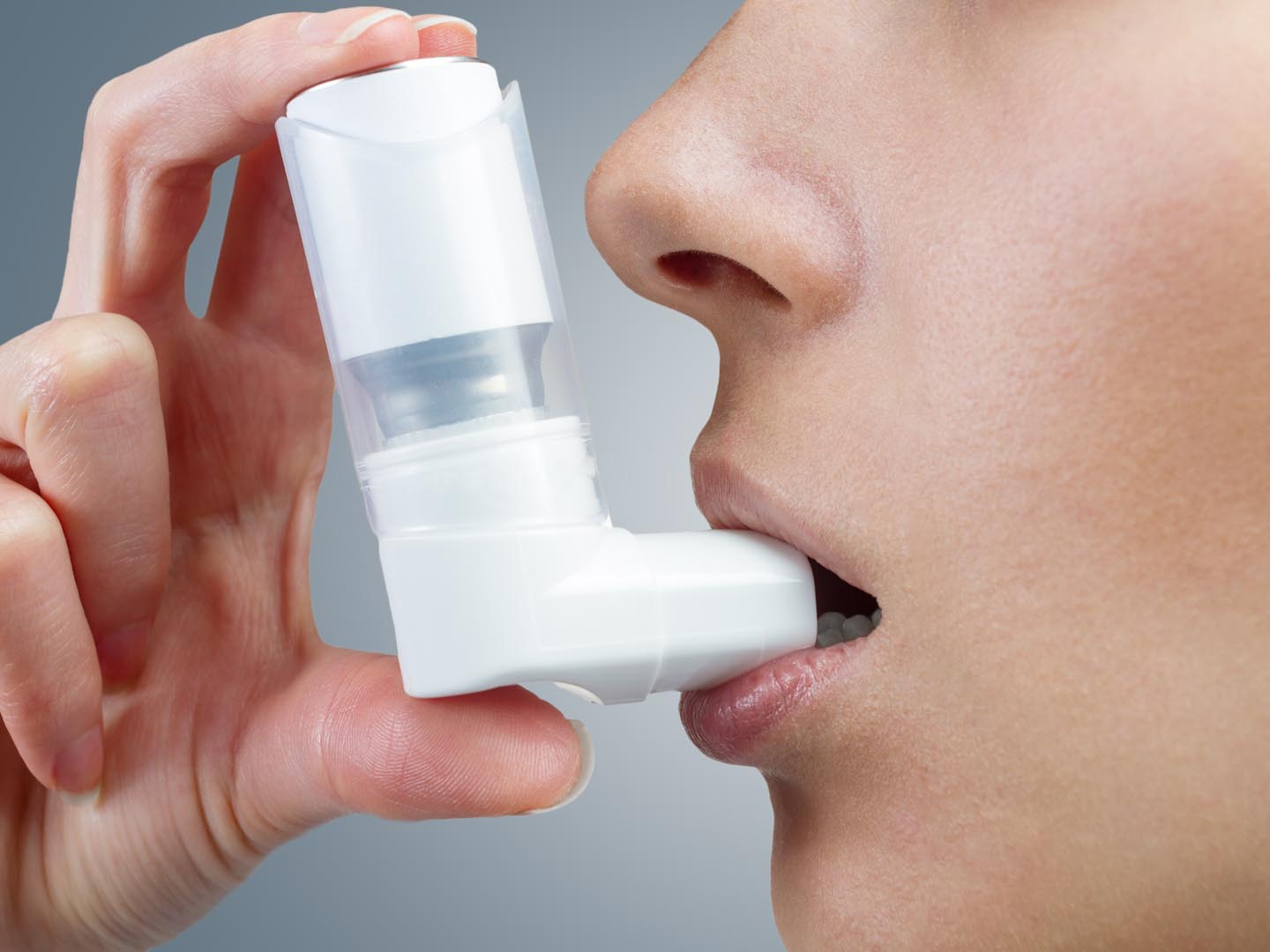Emphysema And COPD

What is emphysema?
Emphysema is a progressive condition in which the walls of the small air sacs in the lungs become damaged. The loss of this tissue results in collapse of small airways in the lungs and permanently obstructs airflow, making it difficult to breathe. Emphysema, along with chronic bronchitis, is one of two disorders that occur in chronic obstructive pulmonary disease (COPD).
What are the signs and symptoms?
The main symptom of emphysema is shortness of breath, which typically worsens over time as the disease progresses. Other signs and symptoms can include:
- Chronic cough, typically occurring in the morning after waking
- Decreased appetite and weight loss
- Decreased tolerance for exercise
- Fatigue
- “Barrel Chest” appearance
- Unusual breathing patterns
What are the causes of emphysema?
Emphysema occurs when the small air sacs in the lungs are damaged. Small airways (known as bronchioles) in the lungs depend on attachments to the small air sacs to remain open, and the loss of these attachments impedes airflow, especially when a person exhales. This obstruction allows air to be trapped in the lungs, and increases the effort needed to breathe. The number of tiny blood vessels found in the sac walls also decreases, which makes it harder to get oxygen into the bloodstream, causing fatigue and other problems.
Cigarette smoking is the most common, and most preventable, risk factor for emphysema: Smoking sets off a chain of events which destroys the walls of the air sacs, which ultimately causes airway obstruction, and worsens the disease by irritating and inflaming the airways. Emphysema may have other causes, such as exposure to extreme levels of air pollution, bronchial asthma, and a hereditary deficiency of a protein called alpha-1-antitripsin.
Who is likely to develop emphysema?
People who smoke or are exposed to secondhand smoke are at higher risk for emphysema, as are those with a genetic predisposition to the disease. The condition is also more common in men (possibly because of hormonal reasons) and older people (lung function naturally declines with age).
How is emphysema diagnosed?
Emphysema is diagnosed on physical findings during an exam and pulmonary function. Physicians may recommend several different tests to help diagnose emphysema. These include:
- Blood tests, which may show changes in the number of red blood cells as the body tries harder to get oxygen from the lungs.
- Chest X-ray or CT scans to identify changes to the lungs
- Physical examination that involves listening to the heart and lungs
- Pulmonary function tests that assess lung function
What is the conventional treatment?
Conventional treatment depends on the cause and the severity of emphysema. The first, and absolutely essential step for smokers with the condition is to quit. This can prevent further damage to the lungs and may slow the progression of the disease. Other treatments include:
Avoidance of pollutants, lung irritants, and secondhand smoke.Try to avoid exposure to air pollution, which can worsen emphysema symptoms. Stay indoors when ozone levels are unhealthy and pollution levels are high. However, when indoors, avoid secondhand smoke, smoke from faulty wood-burning appliances and any other source of indoor air pollution.
Yearly influenza vaccination and vaccination against pnuemonia (usually every five years).Getting the flu or pneumonia may worsen emphysema and its symptoms.
Bronchodilators.These medications help open constricted airways and are best for mild emphysema. They include the inhalers albuterol and Atrovent and the drug theophylline.
Steroids. These drugs can be delivered via inhaler or pill form and reduce inflammation; however, they can have side effects – such as weakened bones and increased risk of high blood pressure and diabetes – when used for long periods of time.
Antibiotics. Antibiotics can relieve the increased shortness of breath that can occur with respiratory infections such as bronchitis and pneumonia but can increase antibiotic resistance when used continually.
Supplemental oxygen. Additional oxygen may help people who have severe emphysema with lowered oxygen levels. Supplemental oxygen is an entirely symptomatic treatment, and will not affect the progression of the disease.
Surgery. In a procedure called lung volume reduction surgery, physicians remove small portions of diseased lung tissue, which may help remaining lung tissue work more efficiently. In extremely severe cases, people with emphysema may require a lung transplant.
Pulmonary rehabilitation.This type of rehabilitation program helps people with emphysema learn how to cope with the disease with a combination of education, exercise, breathing techniques, and behavioral intervention.
What therapies does Dr. Weil recommend for emphysema?
Dr. Weil agrees with conventional physicians that quitting smoking is vital. He also recommends trying the following approaches to protect the lungs from further damage:
- Take 60 mg twice a day of the softgel form of coenzyme Q10 (CoQ10), which can improve use of oxygen at the cellular level. CoQ10 is best absorbed when taken with a meal containing some fat.
- Take the Chinese medicinal mushroom cordyceps, which is nontoxic and may be useful in slowing the progression of chronic lung disease. Cordyceps has also been studied for improving lung efficiency in athletes, and might offer benefits for those with compromised function. Look for capsules of cordyceps extract and follow the dosage directions on the label.
- Increase dietary sources of carotenes, such as carrots, sweet potatoes, yellow squash and leafy green vegetables.
- Exercise to build stamina, with a doctor’s approval.
- Maintain normal weight. Extra pounds cause the heart to work harder, which increases shortness of breath. People who are underweight have lower energy stores from which to draw.
- Practice the 4-7-8 Breathing Exercise. It can improve efficiency of breathing and allay anxiety associated with shortness of breath.









